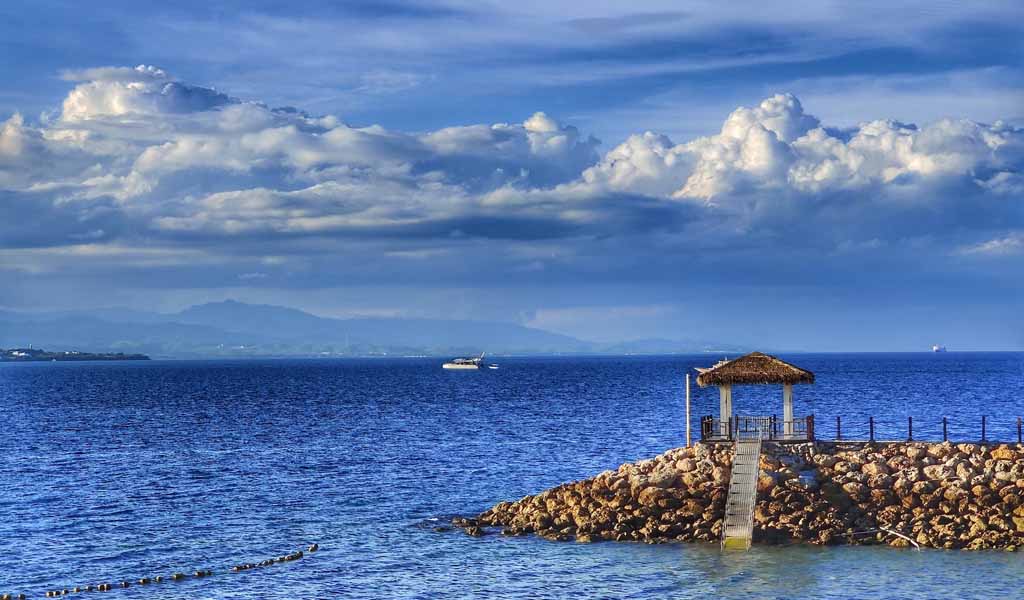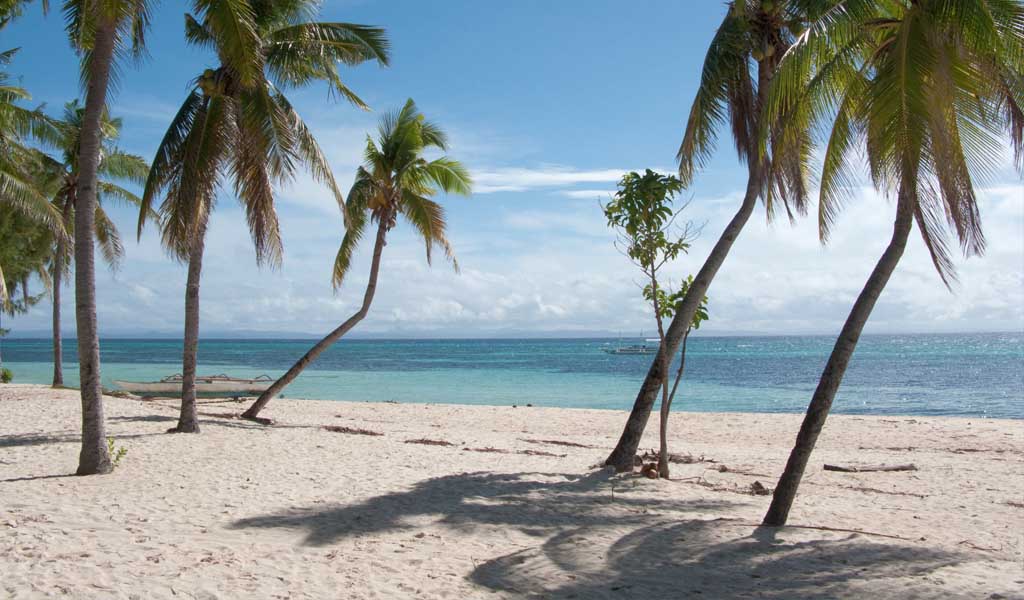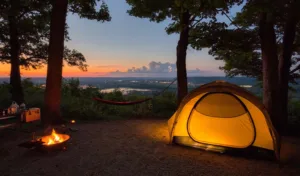Hikes in Visayas – Discover the Heart of Visayas Through Its Trails
Nestled in the heart of the Philippines, the Visayas region is a cluster of islands that promises adventure, culture, and breathtaking landscapes. It’s a paradise for hikers and outdoor enthusiasts alike, offering trails that cater to both seasoned trekkers looking for a challenge, and beginners eager to immerse themselves in nature. But with so many islands and so many trails, where does one even start? In this guide, we’re diving into the top 10 must-experience hikes in Visayas, ensuring you hit the paths that lead to unforgettable memories.
1. Osmeña Peak, Cebu
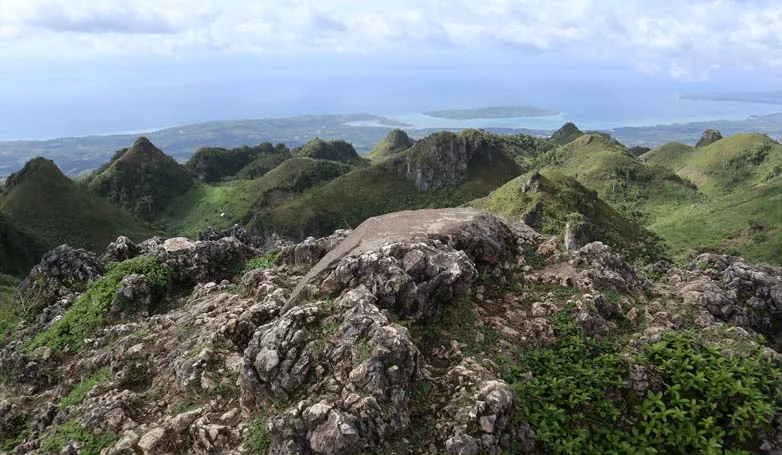
Osmeña Peak is the highest point on the island of Cebu, Philippines, standing majestically at an elevation of about 1,013 meters above sea level. It is part of the Mantalungon range, which is often considered the “vegetable basket” of Cebu due to its fertile land that is ideal for farming. The peak is renowned for its stunning 360-degree view that encompasses the coastline of Cebu and the neighboring islands.
What makes Osmeña Peak particularly unique are its jagged hills, reminiscent of the Chocolate Hills of Bohol, but covered in green grass. This natural monument is a favorite among hikers and campers, offering a relatively easy trek that is accessible even to beginners, making it a popular destination for those looking to experience the natural beauty of the Philippines.
2. Mt. Kanlaon, Negros Occidental
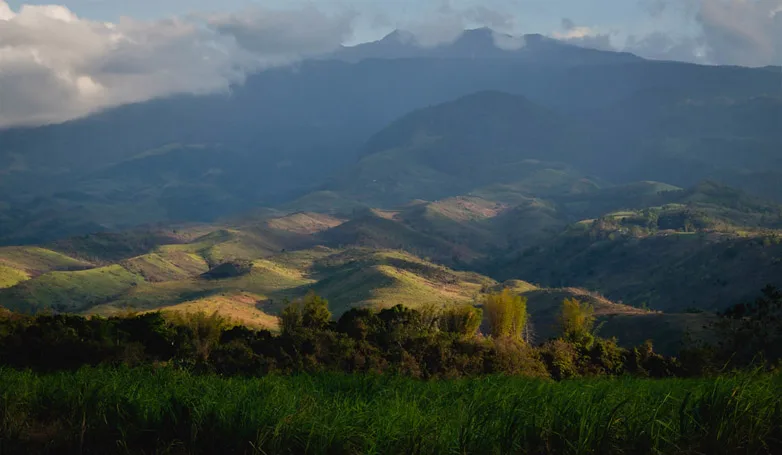
Mt. Kanlaon, also spelled as Kanla-on or Canlaon, is a towering figure in the landscape of Negros Occidental in the Philippines, standing as one of the country’s most active volcanoes. With an elevation of 2,465 meters, it is the highest point in the Visayas region. The mountain is part of the Negros Volcanic Belt and is known for its dense forests that are home to a rich biodiversity, including several endemic species of flora and fauna.
The name “Kanlaon” comes from ancient Visayan folklore, where it is named after a supreme deity. Mt. Kanlaon boasts a complex volcano structure with a broad, elongated summit capped by a crater lake. Its slopes are favored by adventurers for mountaineering, and its natural parks and trails offer beautiful hiking opportunities, though activities are strictly regulated due to its active volcanic status.
3. Alicia Panoramic Park (TAP) Trail, Bohol

The Alicia Panoramic Park (TAP) Trail is an emerging natural attraction located in the municipality of Alicia, Bohol, Philippines. This destination has gained attention for its picturesque rolling hills that are often compared to the famed Chocolate Hills of Bohol, albeit being greener and less crowded. The TAP Trail offers a range of outdoor activities, including hiking, mountain biking, and camping, presenting an ideal spot for nature lovers and adventure seekers.
The trail leads up to panoramic viewpoints where visitors are rewarded with breathtaking views of the surrounding landscape, characterized by its undulating terrain and the expansive sea in the distance. The scenic beauty of Alicia Panoramic Park, coupled with its serene atmosphere, makes it a must-visit for those exploring the natural wonders of Bohol.
4. Mt. Talinis, Negros Oriental
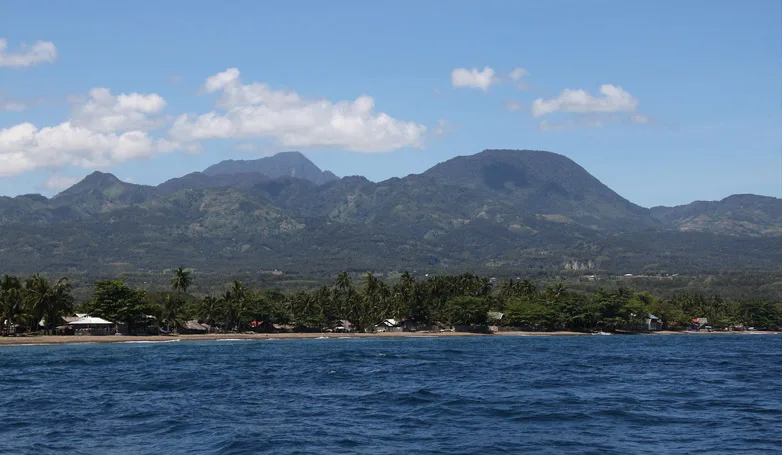
Mt. Talinis, also referred to as Cuernos de Negros (Horns of Negros) due to its distinctive peaks, is another noteworthy mountain located in the province of Negros Oriental, Philippines. It is one of the highest mountains in the country, standing at an altitude of about 1,903 meters above sea level. Rich in biodiversity, Mt. Talinis is covered in lush tropical rainforest and hosts a wide variety of flora and fauna, some of which are endemic to the area.
It features several lakes, waterfalls, and sulfur vents, making it a premier destination for eco-tourism and mountain trekking in the Philippines. Trekking routes vary in difficulty, offering challenges for both seasoned hikers and novices. With its breathtaking natural landscapes and biological significance, Mt. Talinis continues to attract those passionate about adventure and nature conservation.
5. Mt. Madjaas, Antique
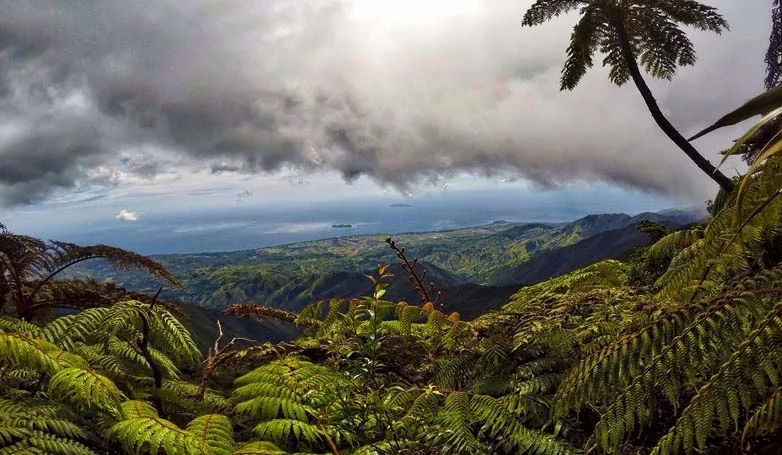
Mt. Madjaas, often heralded as the highest peak in the province of Antique, stands as a towering testament to the lush biodiversity of the Panay mountain range in the Philippines. This majestic mountain, reaching an altitude of 2,117 meters above sea level, is revered not only for its breathtaking views but also as a significant cultural and ecological landmark.
It is traditionally considered the home of the mythical deity Bulalakaw, the god of thunder, by the indigenous Iraynon-Bukidnon community, underscoring its deep cultural significance. The dense forests of Mt. Madjaas are a haven for a rich variety of flora and fauna, including several endangered species, making it a critical site for conservation efforts and a captivating destination for eco-tourists and adventure-seekers alike.
6. Mt. Manaphag, Panay
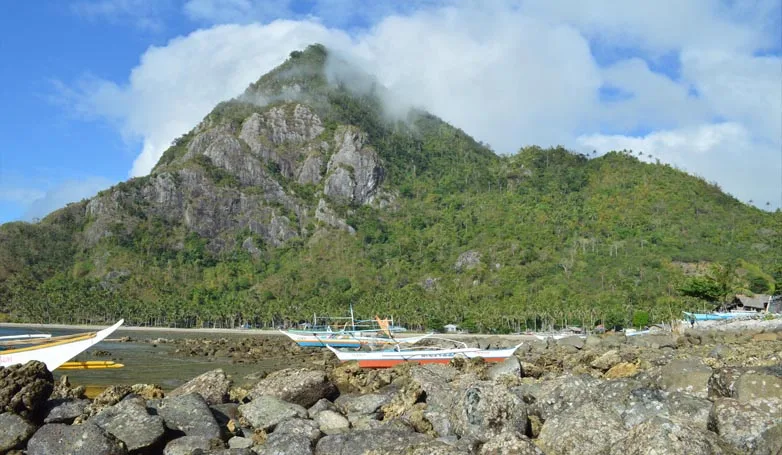
Nestled in the heart of Panay Island in the Philippines, Mt. Manaphag, also known as Mt. Inaman, is a mystical mountain revered by local communities. The mountain stands as a sentinel over the landscape, its apex shrouded in mist and mystery. The name “Manaphag” translates to ‘healing’ or ‘to heal’ in the local dialect, alluding to the mountain’s legendary healing properties and its place in local folklore as a dwelling of benevolent spirits.
Although not as widely known or frequented as other mountains in the region, Mt. Manaphag offers a unique trekking experience, characterized by lush biodiversity, enchanting views, and the serenity of unspoiled nature. Its trails lead intrepid explorers through verdant forests and past streams, offering a tranquil escape and a deeper connection with nature.
7. Kawasan Falls Trek, Cebu
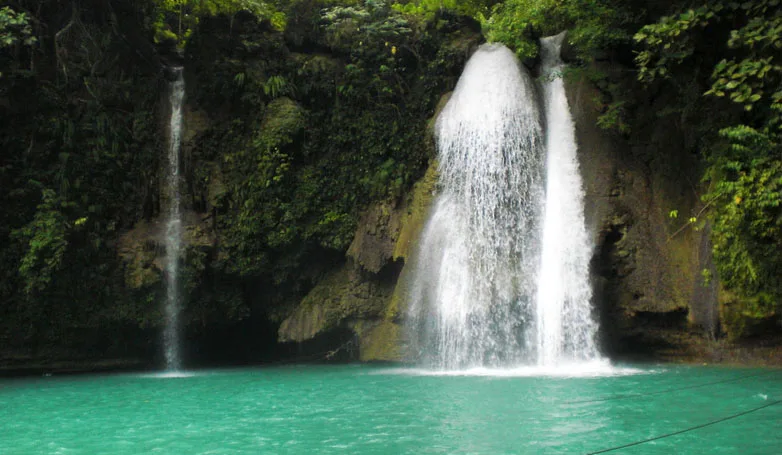
The Kawasan Falls Trek in Cebu, Philippines, is a journey through a scenic landscape that culminates in one of the country’s most spectacular natural wonders. Positioned amidst a lush tropical forest, the multi-tiered Kawasan Falls cascades into stunning azure pools, creating a paradisiacal oasis that draws visitors from around the globe. The trek to the falls is as captivating as the destination itself, with paths that meander through the dense foliage, alongside rivers, and across charming footbridges.
The soothing ambiance, combined with the invigorating spray from the falls, offers a refreshing escape from the hustle and bustle of daily life. Beyond its physical allure, Kawasan Falls is pivotal to the local community, providing a sustainable source of income through ecotourism while inspiring conservation efforts to preserve its pristine condition.
8. Mt. Igcoron, Iloilo
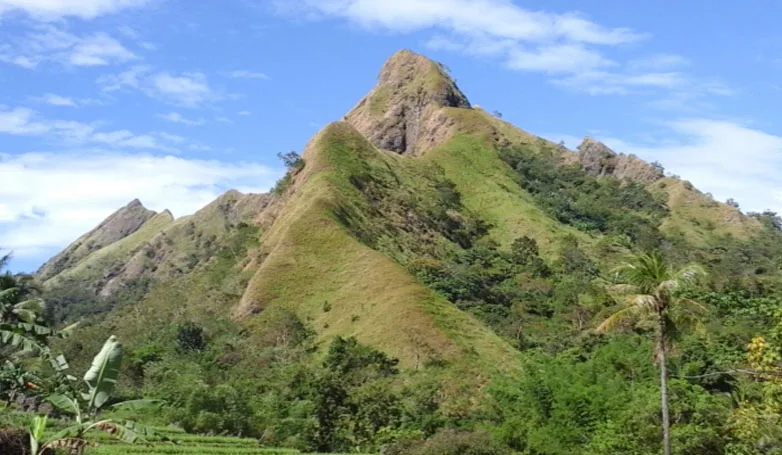
In the scenic province of Iloilo, Philippines, Mt. Igcoron stands proudly as an alluring destination for mountaineers and travelers seeking solace amid nature. Though not as towering as other peaks, with its summit reaching only about 473 meters above sea level, Mt. Igcoron captivates with its distinctive geographical features, including stunning limestone formations and dense vegetation that hosts a diversity of flora and fauna.
The mountain offers trails that are both challenging and rewarding, providing panoramic views of the surrounding landscapes, including lush rice terraces and the serene Visayan Sea. Local folklore adds a layer of enchantment to the mountain, enriching the hiking experience with tales of spirits and unseen guardians that inhabit the land. Mt. Igcoron embodies the serene beauty and cultural richness of Iloilo, making it an unforgettable adventure for those who seek to explore its heights.
Trailblazing through Paradise – A Lasting Hikes in Visayas
The Visayas region is a treasure trove of natural wonders, with each island offering its unique adventure. From the serene heights of Osmeña Peak to the untamed wilderness of Mt. Madjaas, the hikes in Visayas promise an experience that challenges and changes you. As you prepare to embark on these trails, remember that the real beauty of hiking in Visayas isn’t just in the destinations, but in the journeys, the people you meet, and the memories you create along the way.
Whether you’re a seasoned hiker or a beginner eager to explore, the trails of Visayas await with open arms and untold stories. So lace up your boots, set your sights on the horizon, and prepare for an adventure that’ll leave you longing for more.
FAQs About Hikes in Visayas
1. What is the best time of year to hike in the Visayas?
The best time to hike in the Visayas is during the dry season, which typically runs from November to May. During these months, the trails are generally more passable and the weather is cooler, making for a more enjoyable hiking experience. However, always check local weather conditions before planning your hike, as weather can be unpredictable.
2. What should I pack for a hike in the Visayas?
Packing smart is key for a comfortable and safe hike. Here’s a basic checklist:
- Proper hiking shoes or boots: Ensure they’re broken in and suitable for tropical trails.
- Lightweight and quick-dry clothing: Preferable to manage sweat and sudden rain.
- Rain gear: Like a lightweight rain jacket or poncho, especially outside the dry season.
- Sun protection: Sunscreen, sunglasses, and a hat or cap.
- Plenty of water and snacks: Hydration is crucial, and energy-rich snacks are important.
- First aid kit: Including personal medication, band-aids, antiseptic, and insect repellent.
- Navigation tools: A map and compass or a GPS device.
- Emergency whistle and flashlight/headlamp: For safety.
3. Do I need a guide to hike in the Visayas?
For most hikes, especially the more challenging or less-traveled ones, hiring a local guide is highly recommended. Guides not only ensure your safety but also offer insights into the local flora, fauna, and culture. Some protected areas and nature reserves may also require you to be accompanied by an accredited guide to enter.
4. Are there any specific regulations or permits required for hiking in the Visayas?
Permit requirements vary depending on the destination. Some mountains and natural parks require permits to be arranged in advance, sometimes days before your intended hike. Always check the local tourism office or the park’s management body for the latest information on permits, fees, and regulations.
5. What are the safety considerations when hiking in the Visayas?
- Weather awareness: Be mindful of weather conditions and forecasts, especially during the rainy season and typhoon periods.
- Environmental hazards: Be aware of potential hazards such as slippery trails, river crossings, and wildlife.
- Physical preparedness: Ensure you’re physically fit for the challenge of your chosen hike.
- Local knowledge: Respect local customs and practices, and seek local advice on trail conditions and safety.



